Miyajima has shrines and things in two places: either right down in town on the bay or located all the way at the top of the mountains. There is an easy way up from the town to the mountaintop called the Ropeway, where you only have to do a little bit of walking and then gondolas do all the hard work. If you don't use the Ropeway it takes about two hours to hike up and the terrain is rugged.
Rugged terrain
For this day the plan was to start with the attractions located on the mountaintops and move on to the town as time permitted. Based on the tourist map of the island, which Ana memorably denigrated as "a caricature of a map" the things we wanted to do formed a loop that would work best if we took the Ropeway to the top and then hiked down. Our preference was for the reverse but it just didn't look nearly as convenient according to the map, so we took a trail behind the campsite that lead to the base of the Ropeway.
Or not.
Or at least we thought it did, and the trail signs all said so. Apparently the map does not show all of the existing trails, and we took a rather more direct route to the top than the Ropeway. Our error became clear when we saw the Ropeway below us, but by then it made more sense to keep going than turn back. Despite being contrary to the plan, the hike was great, with many scenic overlooks, and the trail was 100% deserted aside from us. We would have equipped ourselves with more water and less weight if we'd been planning from the beginning for a longer hike, but we ended up having a lot of fun anyway.
Yep, we were doing it wrong.
Enjoying the rewards of doing it wrong.
The trail was deserted aside from this strange creature.
They claim this particular fire has burned continuously for more than 1200 years.
The shrines were mostly notable for age and for being up on a godforsaken mountaintop
One view from the observatory
From the park
I like this one better than the one where I'm smiling, couldn't say why
We also saw the world's largest rice paddle, according to the signs.
Because of this, all the shops sell oversized rice paddles as souvenirs
In Miyajima, your restaurant options are Japanese, Japanese, and more Japanese. In the tradition of all of Japan, the restaurants on the whole strive to be as identical as possible. I was out for raw oysters (they cultivate them in bays all around the island, so we were at the source) and one of the local signature dishes, which is grilled conger eel over rice (cleverly named anagomeshi, which means something along the lines of "eel-meal" except that they're using the form of meal that is usually used for rice so I think "eel-rice" is more accurate). Seeking these dishes didn't really narrow down the options much, so we picked a restaurant based on large size, cleanliness, and offering things that Ana wouldn't mind eating.
Oysters in the center, and eel-rice top left
We determined that the oysters of Hiroshima bay are well-regarded with good reason. They're extremely large, with moderately firm flesh that was neither slimy nor chewy, without any grit whatsoever in the ~10-12 we had from several different restaurants, and with a mild sweet seafood flavor that is neither too much estuary, like the Chesapeake, nor reminiscent of the pure ocean flavor (minimal seafood taste) of the Northeast. Definitely one of the better sets of oysters I've had, and the value was quite good too when the size of the oyster is accounted for. Ana ate one with an expression suggesting she thought it was going to be horrible (Ana's note: I was actually wondering how the heck I was going to get the oyster out of the shell with the chopsticks and concentrating very hard on that), then switched to "not bad at all" once she actually tasted it. I enjoyed it considerably more than "not bad at all".
You be the judge
The eel rice was tasty, but not terribly special. Since I normally find roast eel on sushi with sauce, and they used a similar sauce on this one, it was a lot like a giant bowl of one of my favorite sushi. Ana had fried pork cutlet with egg over rice, which I've only had from the school cafeteria before. The restaurant's rendering of the dish was much better than the cafeteria's, since it didn't have the strange metallic flavor of all the pork the school serves (which I try to avoid for that reason). We also ordered sake since ordering wine in a Japanese-style restaurant is a bad idea (the wine is 99% of the time terrible) - not sure they were even offering it. We've definitely gotten a lot more used to sake owing to the office parties.
穴子飯 (eel-rice)
egg cutlet pork...-ness
After wrapping up dinner, Ana wanted to go in search of marshmallows and other things to cook over a campfire. The camping area didn't have private fire pits but did have large buildings with concrete grills / fireplaces and her inner Girl Scout demanded that there be fire. We didn't find any marshmallows on the island, and when we went looking for hot dogs the closest thing we found were some questionably titled "Pole Sausage Wieners" which were individually wrapped inside their package. Since we weren't counting on these items to suffice for dinner as we'd just been fed, we took a chance on them. Ana bought a lighter and foraging for deadwood near the camping areas was permitted, so we shortly had fire. The sausage wieners were strange and not very good but I think the cooking part was more important to Ana than the eating part so that was OK, and finished up Day 1. Day 2 we explore the lower part of the island and several famous shrines while eating street food the whole way.
Probably actually intended as dog treats, or something
Luckily we had a Gold Awarded Girl Scout to make fire using only a lighter, a premade firepit, and perfectly dry deadwood.
Ana enjoying our sorry excuse for a cookout
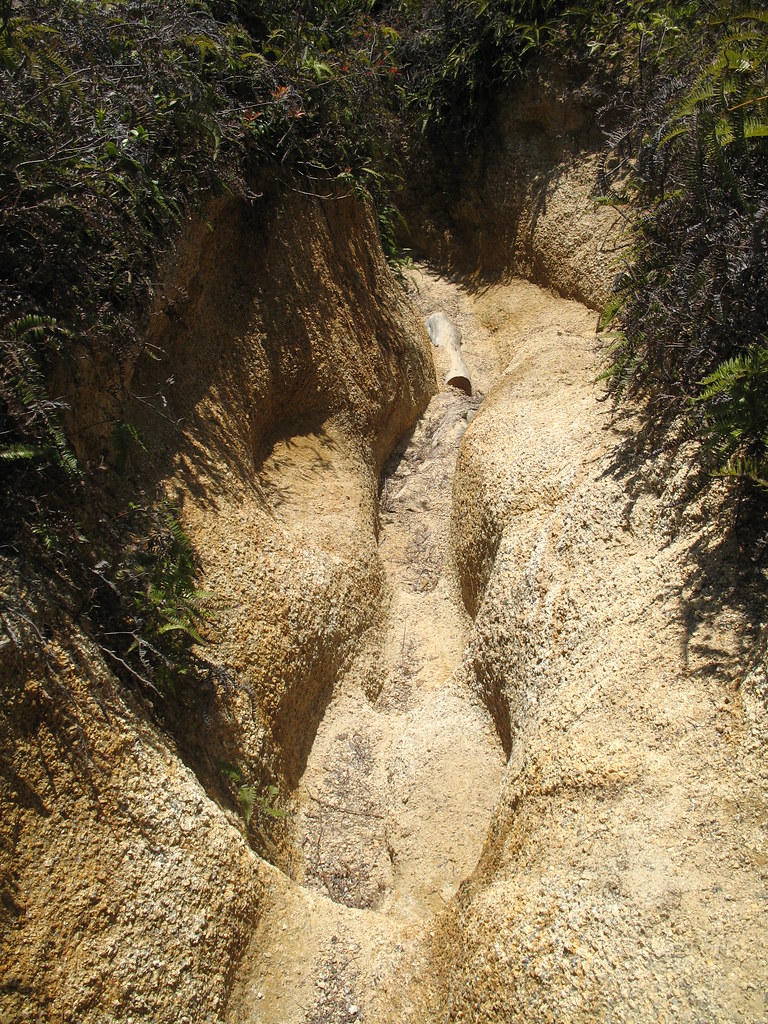
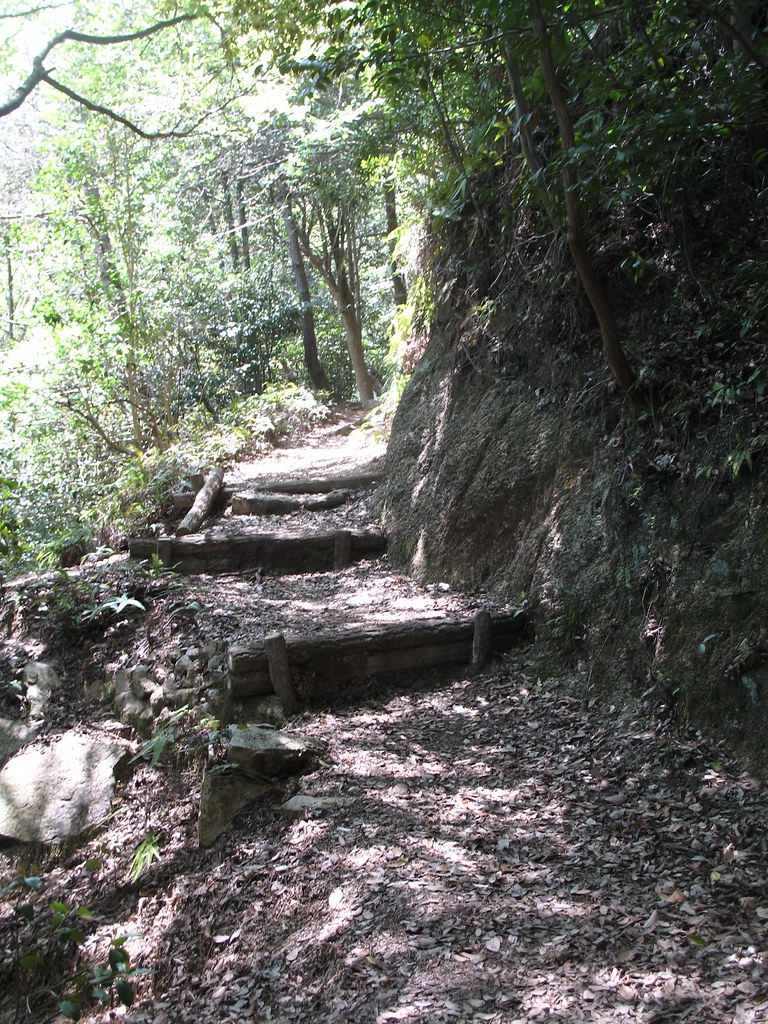

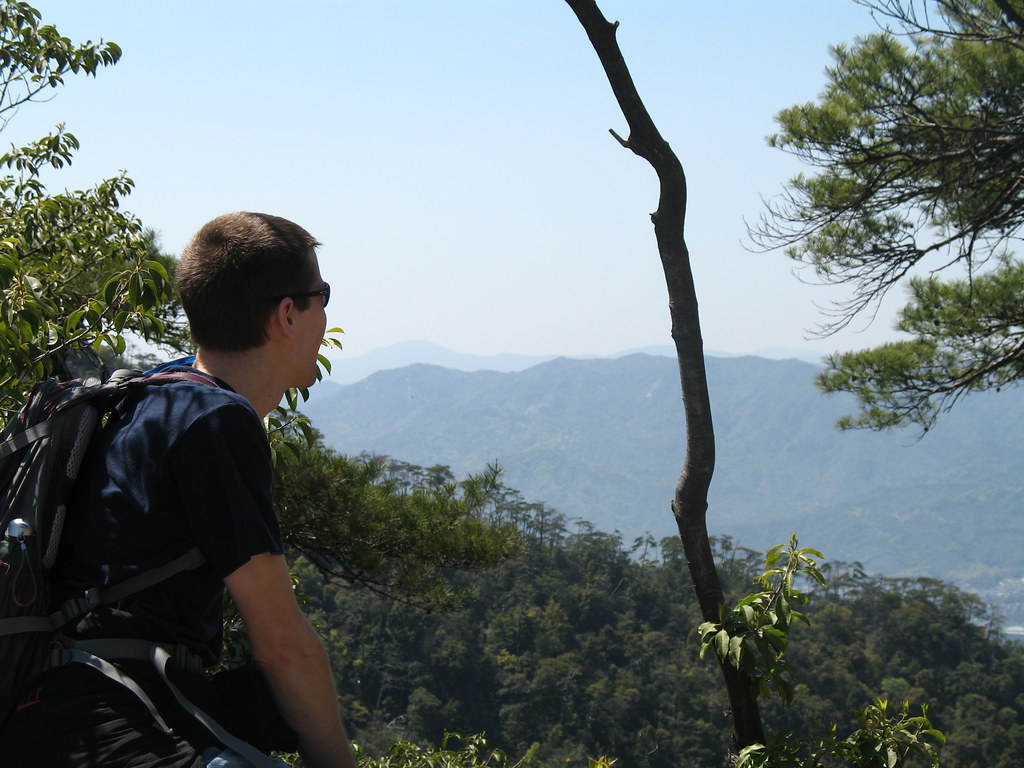
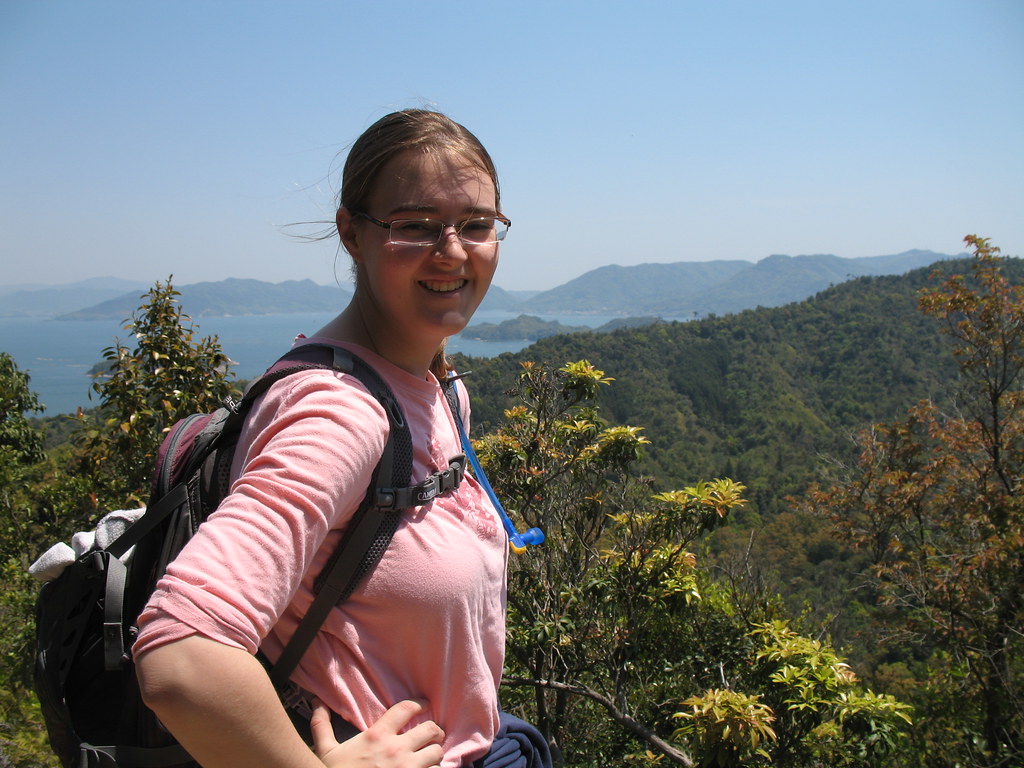

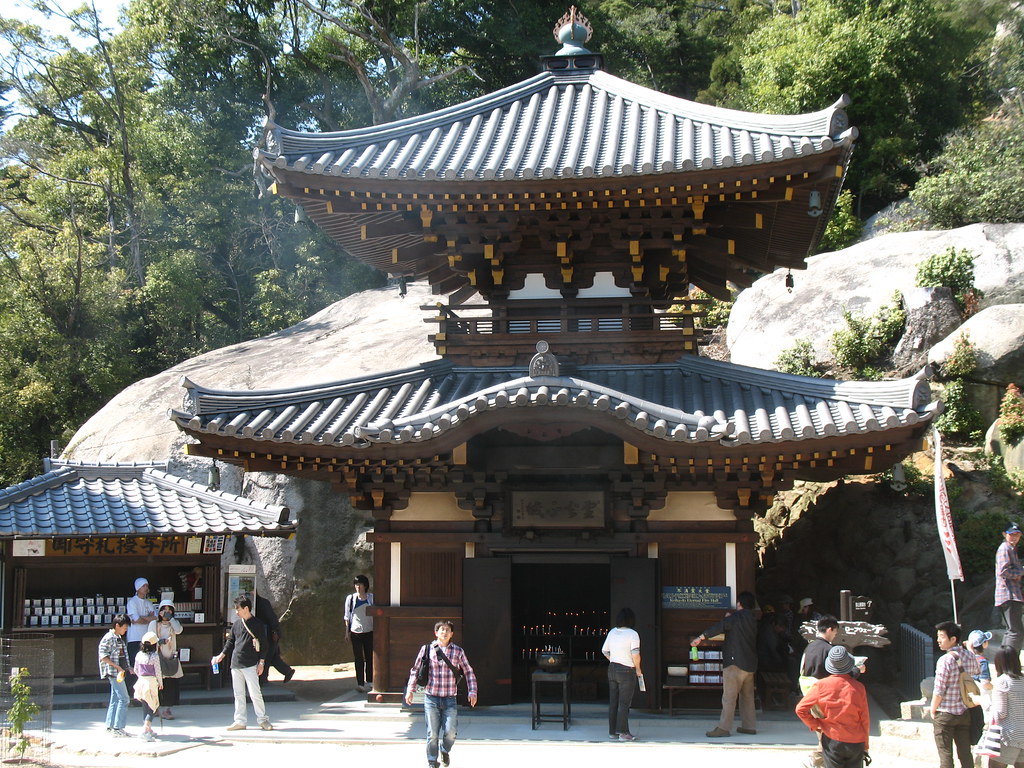
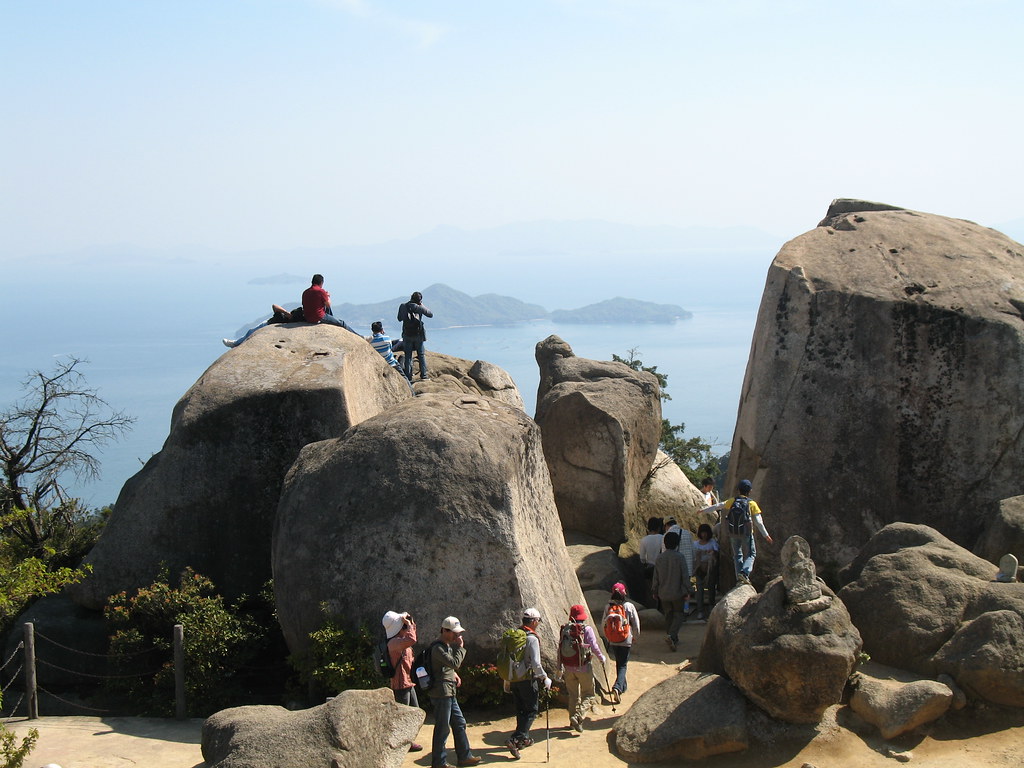
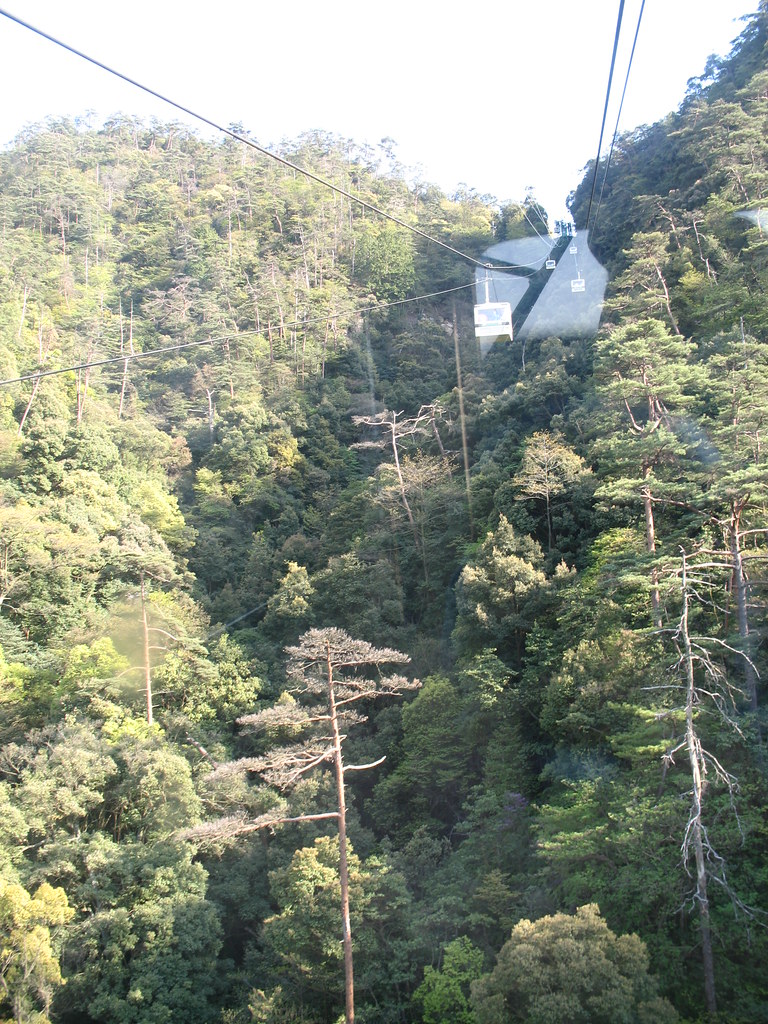
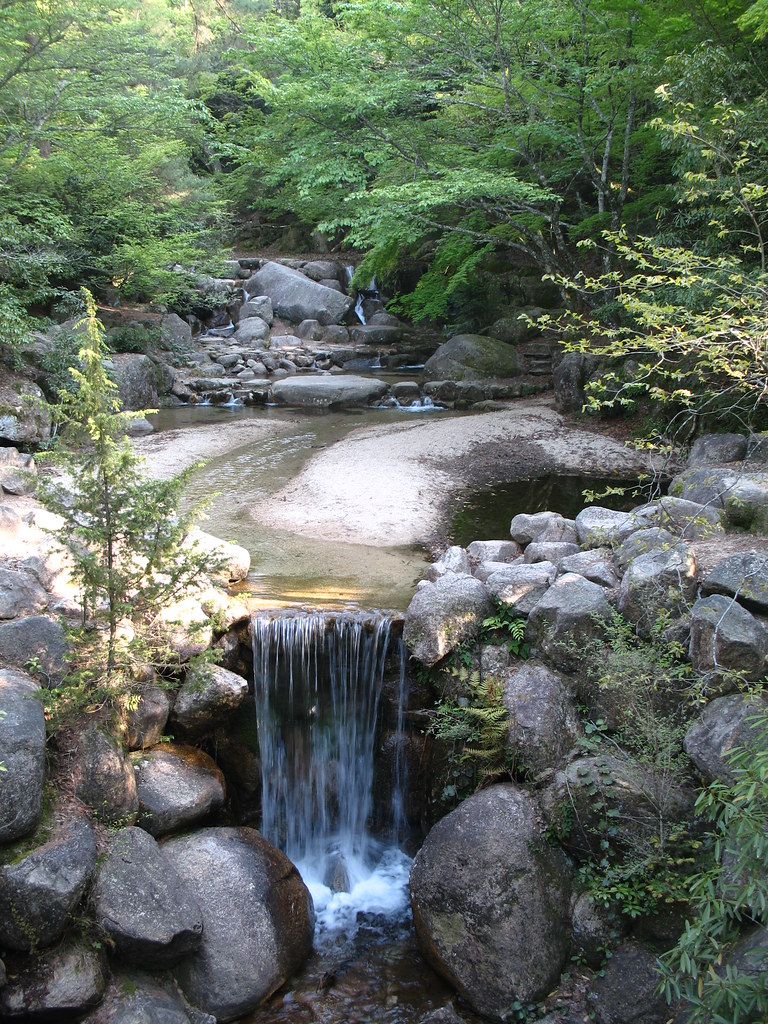
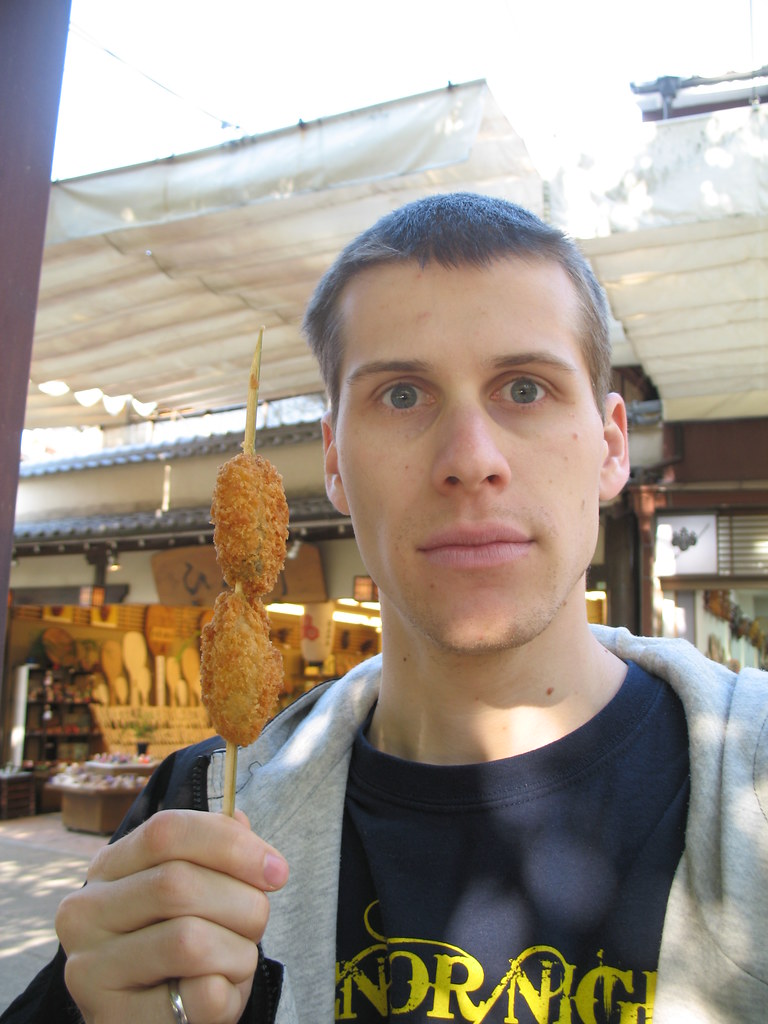

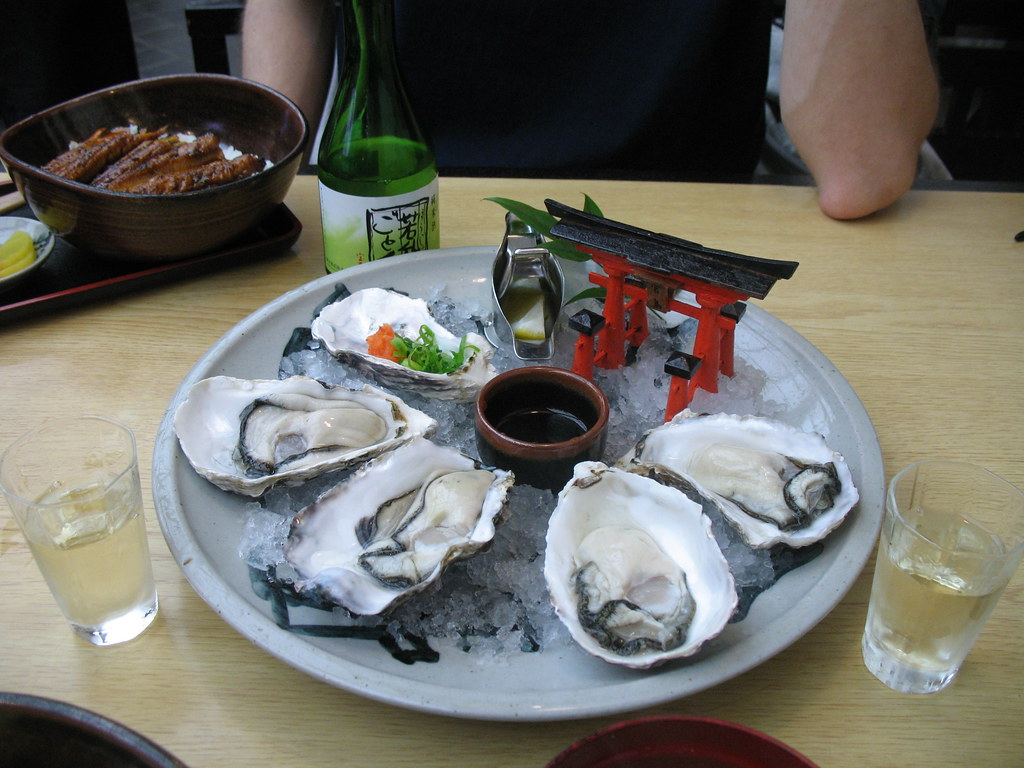
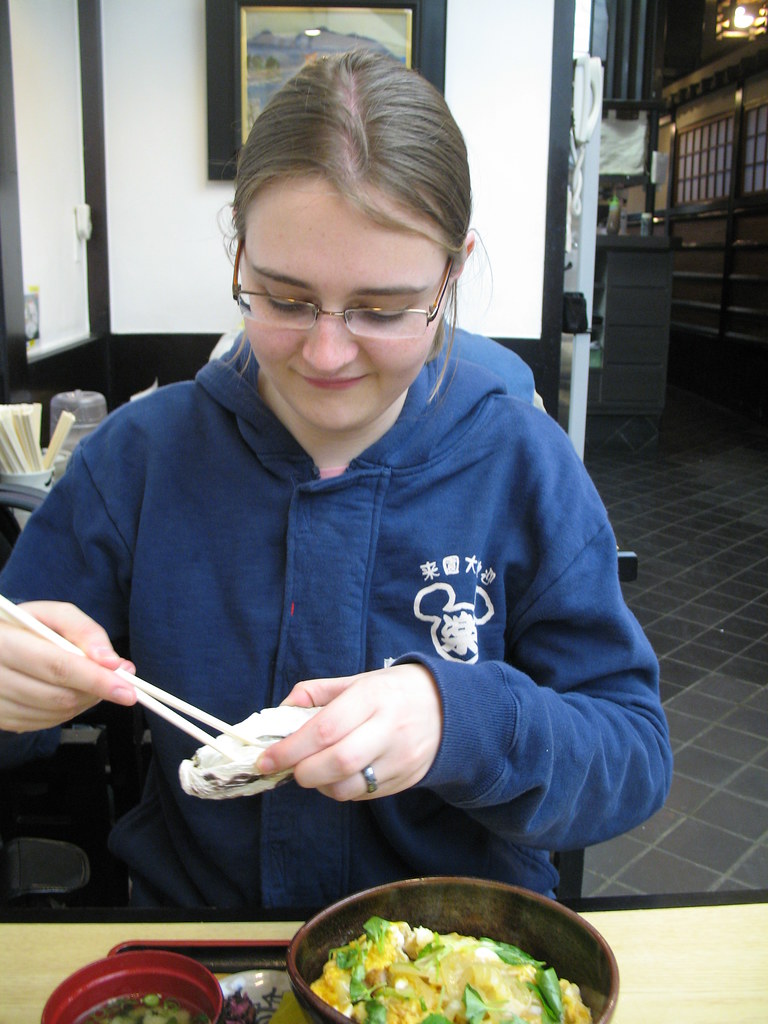
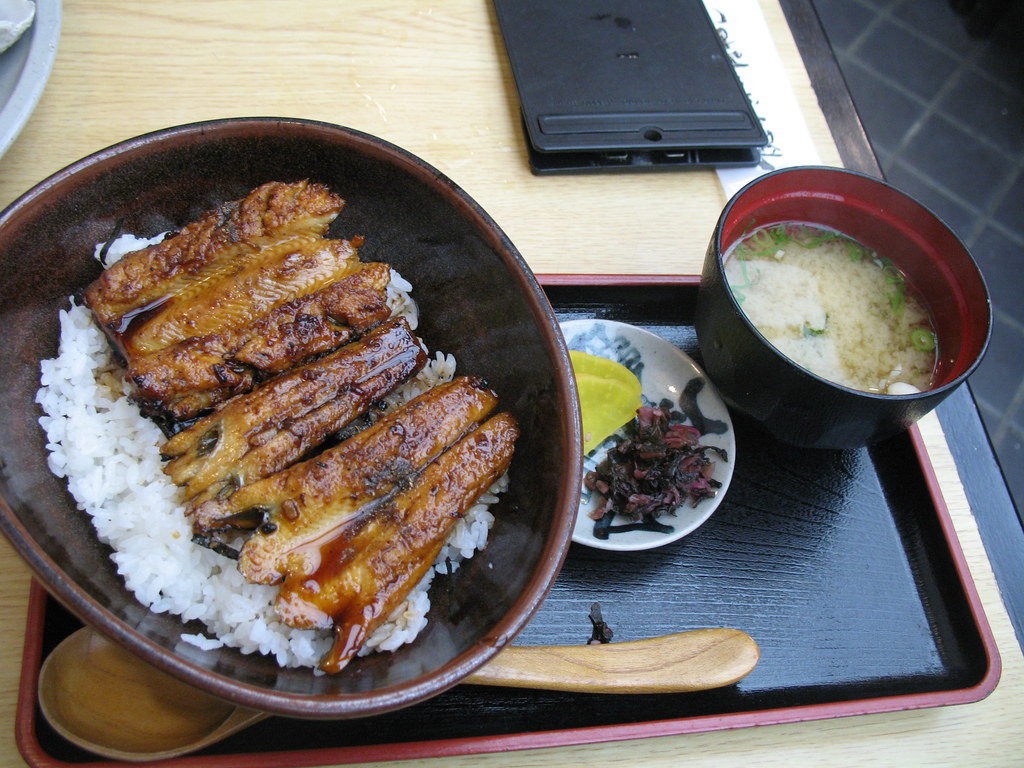
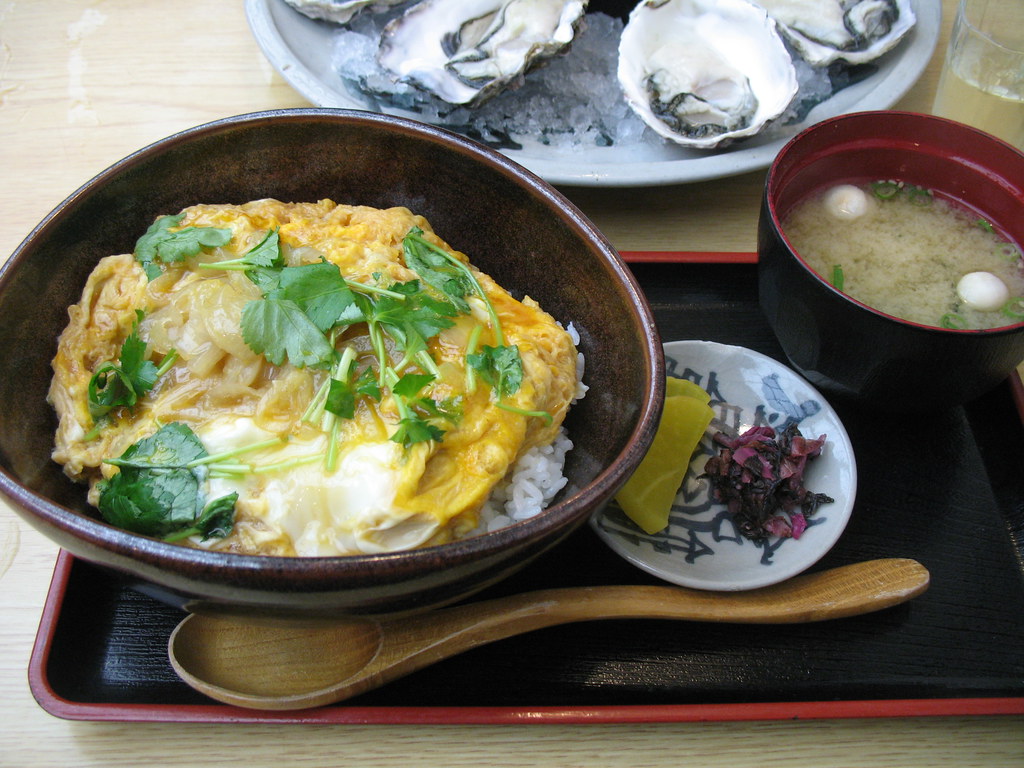

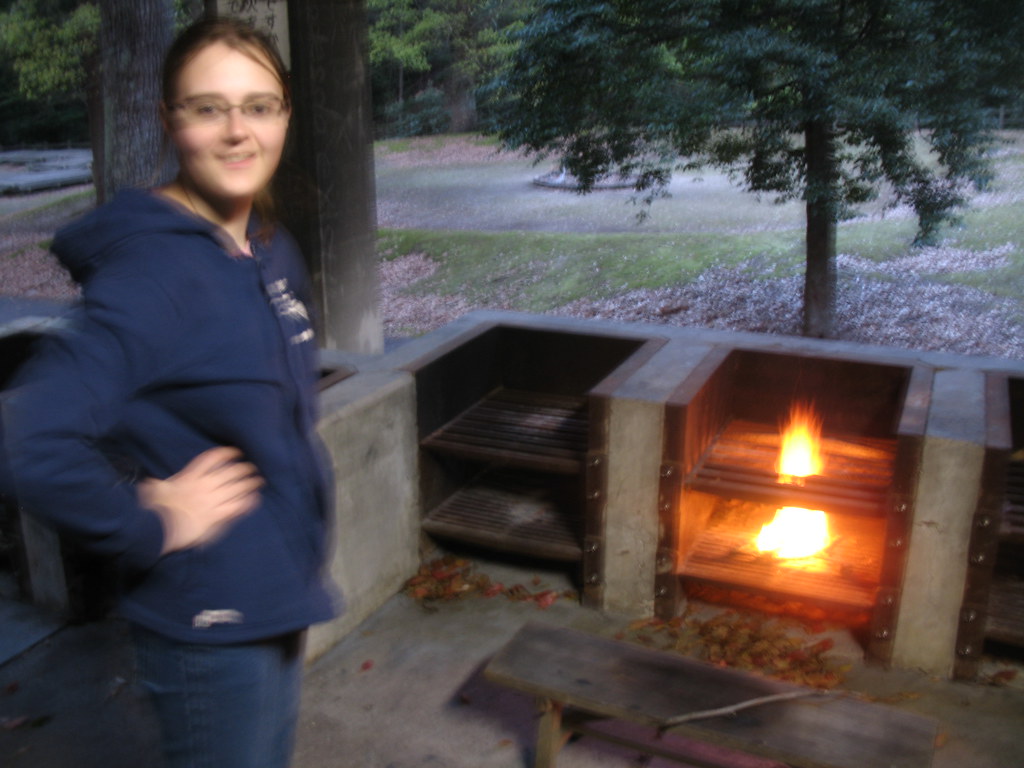
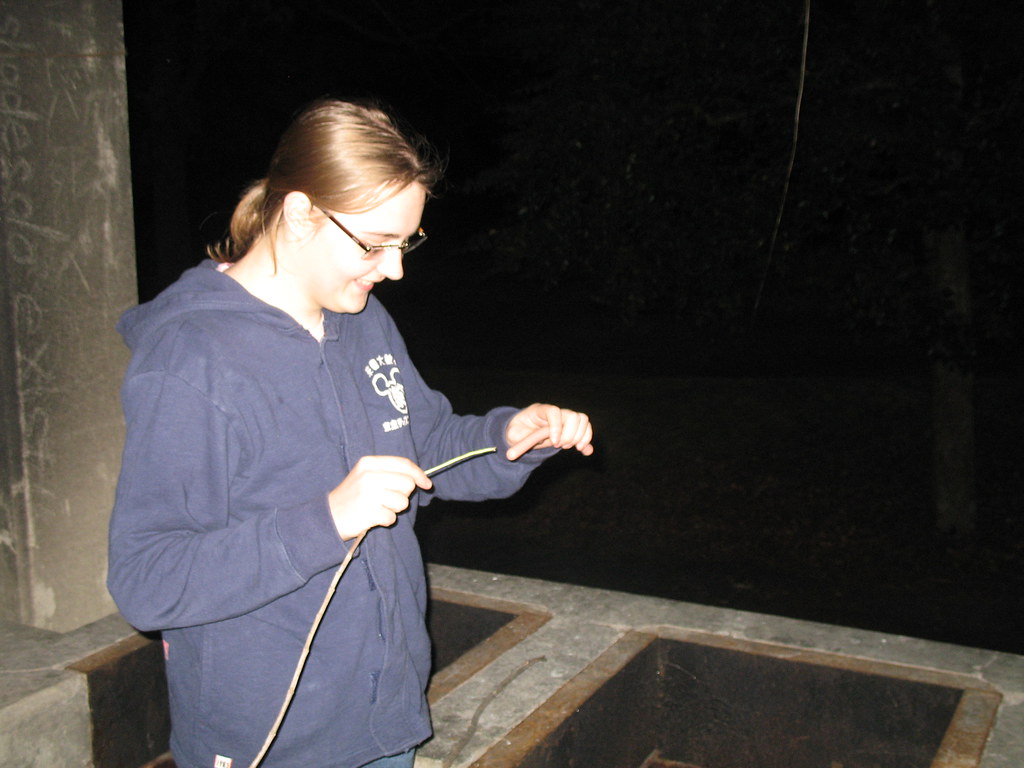
No comments:
Post a Comment